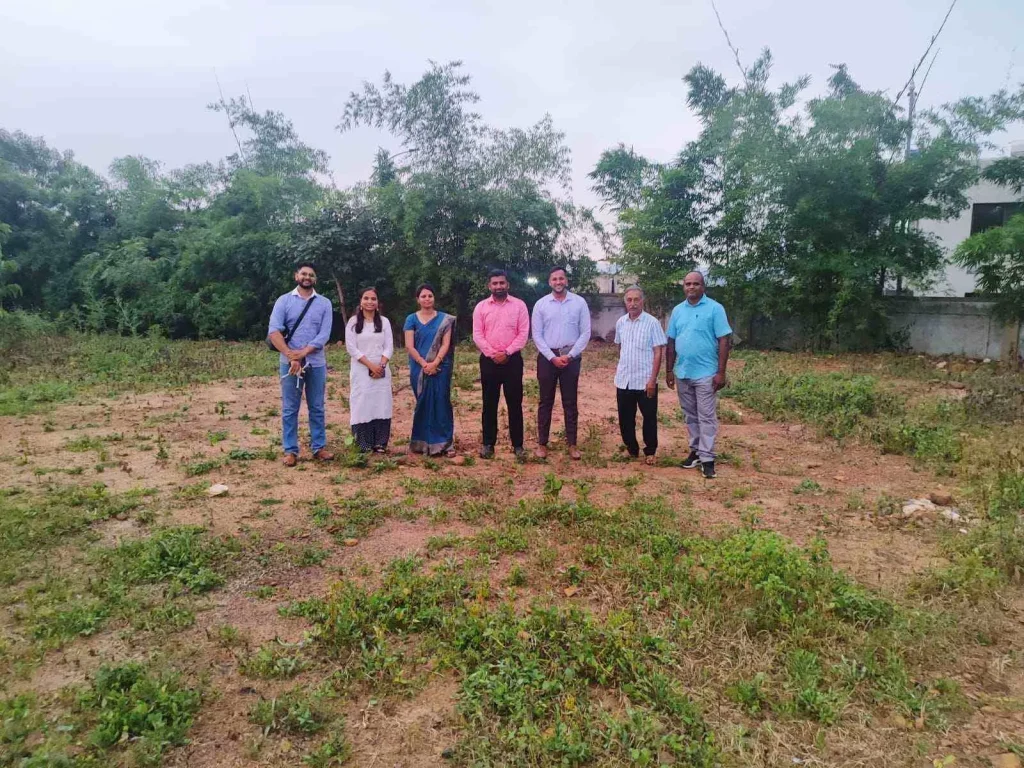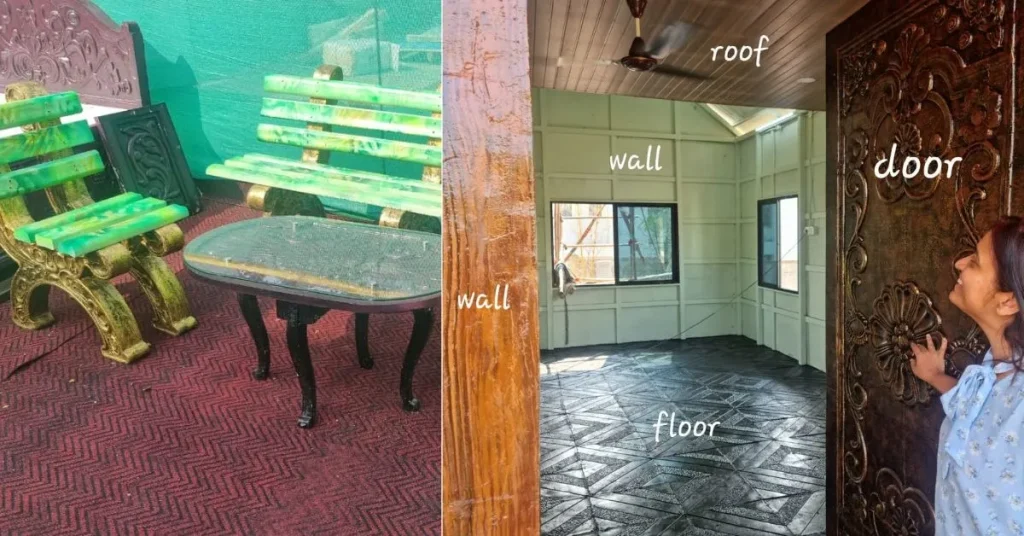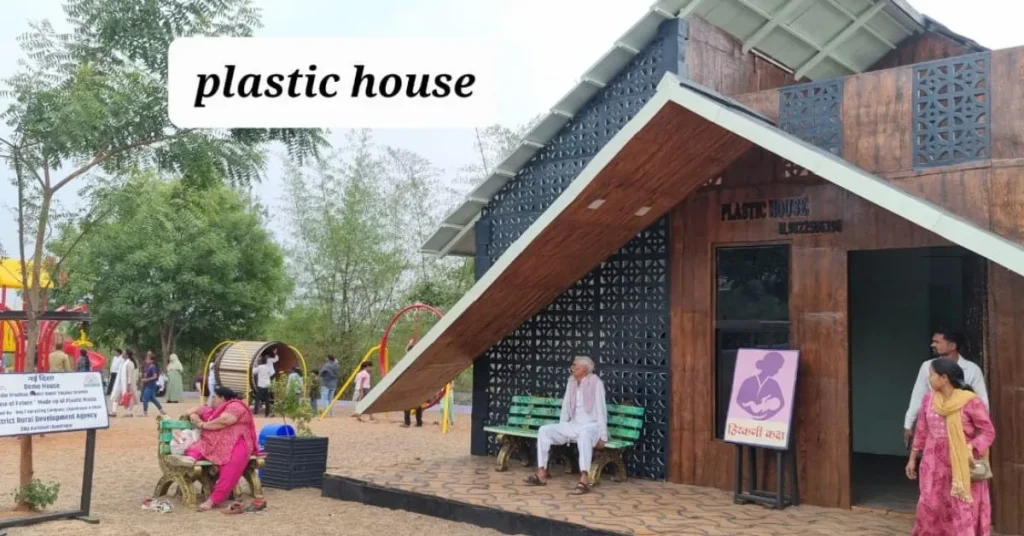Chandrapur’s botanical garden is now home to a unique two-storey house made entirely of recycled plastic. The creation, led by Dr. Balmukund Paliwal, a local anesthesiologist, represents a significant step forward in addressing the burgeoning issue of plastic waste.

The house spans 625 square feet and stands 18 feet tall, with a width of 10 feet. It features a spacious hall, a bedroom, and a staircase leading to the first floor. Upstairs, visitors will find a small room designed for children and a verandah offering picturesque views of the botanical garden. What sets this house apart is its construction material—every component, from the floor tiles and doors to the walls, stairs, and ceiling, is made of plastic.

Dr. Paliwal explains, “We have utilized all kinds of plastic waste—potato chip packets, water bottles, medicine wrappers, cosmetics bottles, and milk pouches—to construct this house. It’s a testament to how we can repurpose waste into something valuable and practical.”
Constructed under the guidance of Zila Parishad Chandrapur, this house has successfully diverted 13 tonnes of plastic from landfills. Remarkably, it’s also designed to be portable. “We can dismantle and reassemble the house within two to five hours using just a few screws,” Dr. Paliwal notes. Currently, the house serves as a rest area for tourists and a comfortable space for breastfeeding mothers visiting the garden.

Dr. Paliwal’s journey into sustainable construction began in 2014, inspired by the Swachhata Bharat Abhiyan and his mother’s innovative reuse of plastic in the 1960s. “My mother used to mix molten polyester fabric with ash to create a durable paste. She applied this to strengthen bamboo trays and repair household items. Although she never attended school, her resourcefulness taught me the value of reusing materials,” he reminisces.

IAS Vivek Johnson, the Chief Executive Officer of Zila Parishad Chandrapur, played a crucial role in the project. He shares, “Our mandate included building a demo house for the Awas Yojana. We wanted to avoid using reinforced concrete. Dr. Paliwal’s expertise in producing plastic bars that can be molded into various articles aligned perfectly with our vision. Together, we designed this innovative model house, which we hope will inspire others to consider plastic as a viable construction material.”
The environmental impact of traditional construction materials like concrete is substantial. Concrete, after water, is the most consumed substance on Earth and accounts for nearly a tenth of the world’s industrial water use. Moreover, the cement industry is a significant carbon dioxide emitter. A report by The Guardian highlights that if the cement industry were a country, it would rank as the third-largest emitter of CO₂, following China and the United States.
By contrast, Dr. Paliwal’s plastic house offers an eco-friendly alternative. “This project demonstrates how we can mitigate plastic pollution and reduce reliance on environmentally damaging materials,” he states.
